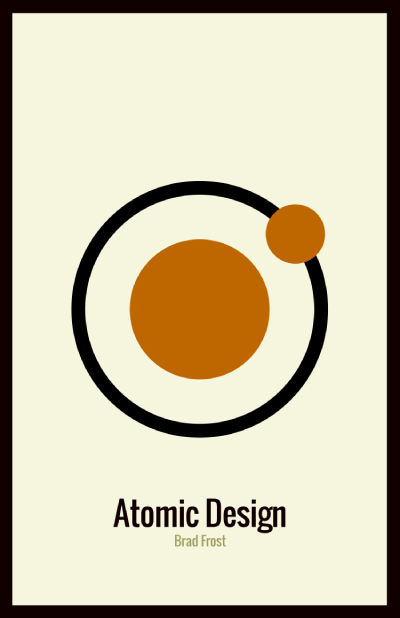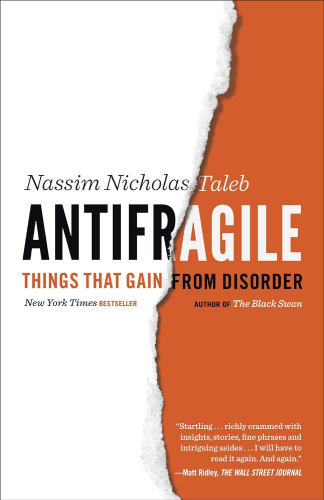Universal Principles of Design is a book that I should’ve read earlier as a product designer. It gave me new perspectives in thinking about the tricky design problems or situations I encountered in the past, and new ideas on how to approach a design project in the future. Below are 5 principles that stuck with me after I read this book.
Continue readingAuthor: Simon Li
Learnings from Reading Atomic Design
As a product designer, you may have used a design system in the past, but have you actually built one yourself? The book Atomic Design by Brad Frost talks about the atomic principle when it comes to creating a design system, and dives into the nitty gritty of how to do that.
Continue readingHow Can We Become Lucky?
What I’ve Learned from Reading Antifragile
If something is antifragile, not only does it not break in the face of chaos, stress, shock or volatility, but also overcompensates and gain from them. The book Antifragile by Nassim Taleb explains this very interesting phenomenon, and is full of nuggets of wisdom.
Continue readingIf Product Design Is Not Figma, Then What Is It?
This article was written to help product designers better explain to non-designers the value of design. Junior designers or people who aspire to become a UXer should also be able to gain a deeper understanding of design through this article.
Overview
- The Challenges
- The Design Thinking framework
- Real-World Examples
– Engagement Chart on YouTube Videos
– Transaction Preview in Web3 Wallets - Say No to Dogmatism
- Product Analysis
– Microsoft Word vs Google Docs
– Google vs Bing
– The Impact/Effort Matrix - Lean Idea Testing
- Books
Will It Fly?
A thought experiment for evaluating the potential of your product ideas
This is part of the series on how design can help you build better product.
Thought Experiment
At the end of the previous article Say No to Dogmatism in UX Design, there’s a list of questions for you to examine your product ideas.
- Is there a user pain or problem here?
- Is the pain painful enough?
- Is there an existing solution?
- Is the existing solution good enough?
- Is this the right problem to solve?
By answering the questions above, you’ll be able to have a more realistic estimate of the potential of your ideas.
Let’s take a look at a few other examples that include some of the products that we’re all pretty familiar with and analyze their success or failure using the list of questions that we just saw.
Continue reading


